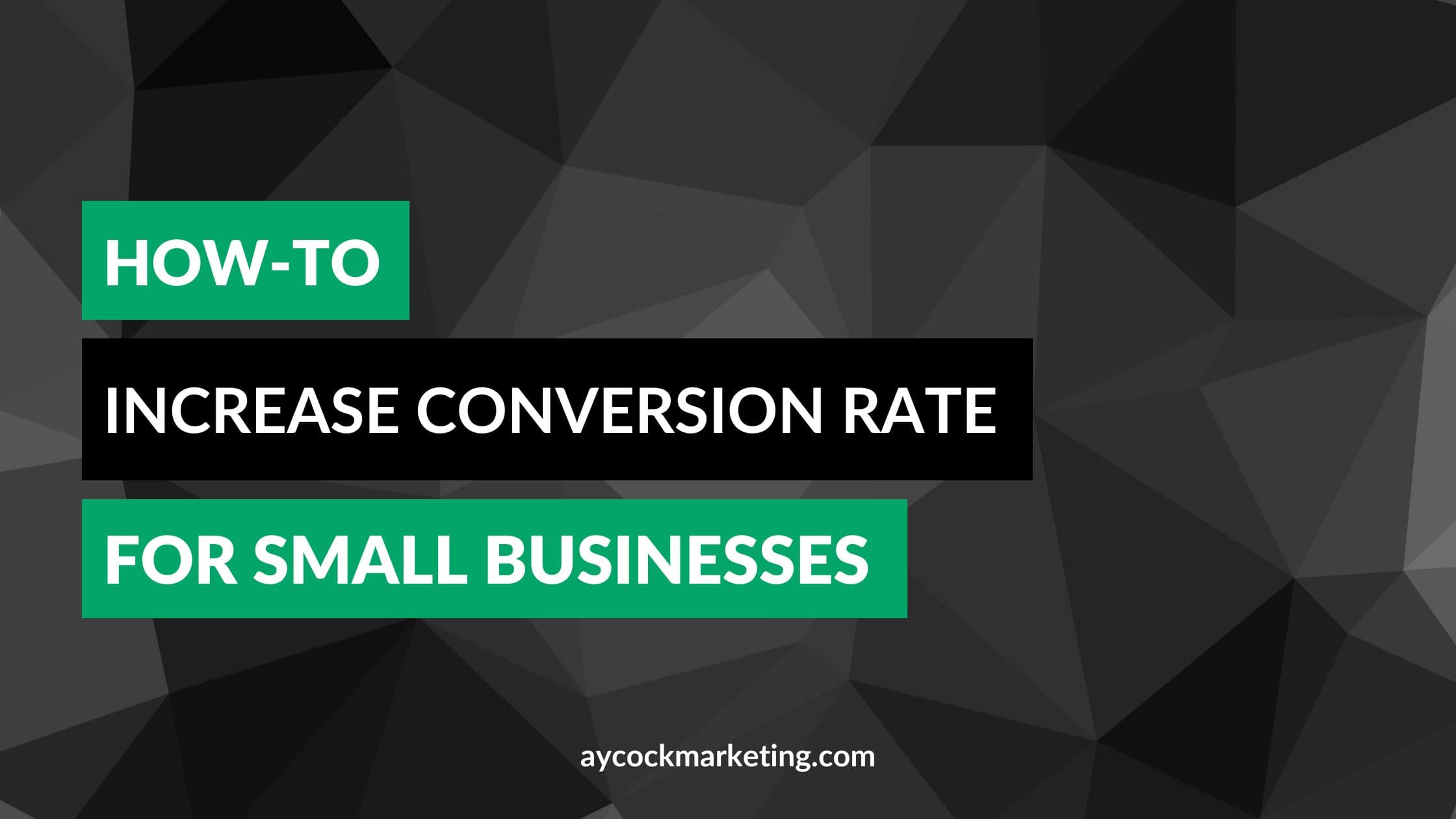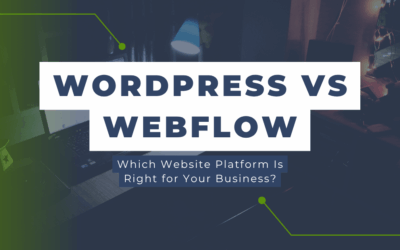Conversion Rate 101: Strategies for Small Business Success
Conversion rate optimization (CRO) is vital to any small business’s digital marketing strategy. After all, what’s the point of driving traffic to your website if it needs to convert into paying customers? In this post, we’ll go over some actionable tips on how to increase your conversion rate, with a specific focus on A/B testing for low-traffic websites.
Understanding Conversion Rate
Before we dive into the nitty-gritty of how to increase your conversion rate, let’s first define what it is. Simply put, your conversion rate is the percentage of visitors to your website who take a desired action. This action could be making a purchase, filling out a form, or signing up for a newsletter. To calculate your conversion rate, divide the number of conversions (desired actions) by the number of website visitors and multiply by 100. For example, if 100 people visit your website and 10 of them make a purchase, your conversion rate is 10%.
It’s easy to see why conversion rate is so important for small Charlotte area businesses. A higher conversion rate means more revenue, plain and simple. Even small increases in conversion rate can have a big impact on a small business’s bottom line.
Identifying Areas of Improvement
One of the keys to increasing your conversion rate is understanding where visitors are dropping off in the conversion funnel. Are they abandoning their carts before checking out? Are they leaving your form before submitting their information? By identifying these pain points, you can then focus on making changes to address them.
Heat mapping and user testing are two great tools for identifying areas for improvement. Heat mapping software allows you to see where visitors are clicking on your website, while user testing gives you valuable insights into how real people interact with your website.
A/B Testing for Low-Traffic Websites
A/B testing compares two versions of a web page to see which one performs better in terms of conversion rate. It’s a powerful tool for small Rock Hill, SC businesses, but a few misconceptions about A/B testing are worth addressing.
First, you don’t need a lot of traffic to conduct an A/B test. While a larger sample size is always better, it’s still possible to get statistically significant results with a smaller sample size. Second, A/B tests can be short-term. Running a test for a longer duration can help account for natural fluctuations in website traffic.
So how can small businesses in the Charlotte, NC area with low-traffic websites conduct A/B tests? One option is to use a smaller sample size and run tests for a longer duration. Another option is to use a tool that allows you to conduct A/B tests on a smaller scale, such as Google Optimize.
Examples of CRO Strategies
Many different strategies can be used to increase conversion rate, but some have been proven to be more effective than others. Simplifying the checkout process and adding social proof are two examples of strategies that can have a big impact on conversion rate.
RELATED: 7 Highly-Effective Conversion Rate Hacks
Simplifying the checkout process means reducing the steps required to complete a purchase. This can be as simple as eliminating unnecessary form fields or streamlining the shipping options. Social proof, on the other hand, refers to using elements on your website that demonstrate that other people have had a positive experience with your Rock Hill business. This could include customer testimonials, reviews, or the number of followers on social media.




